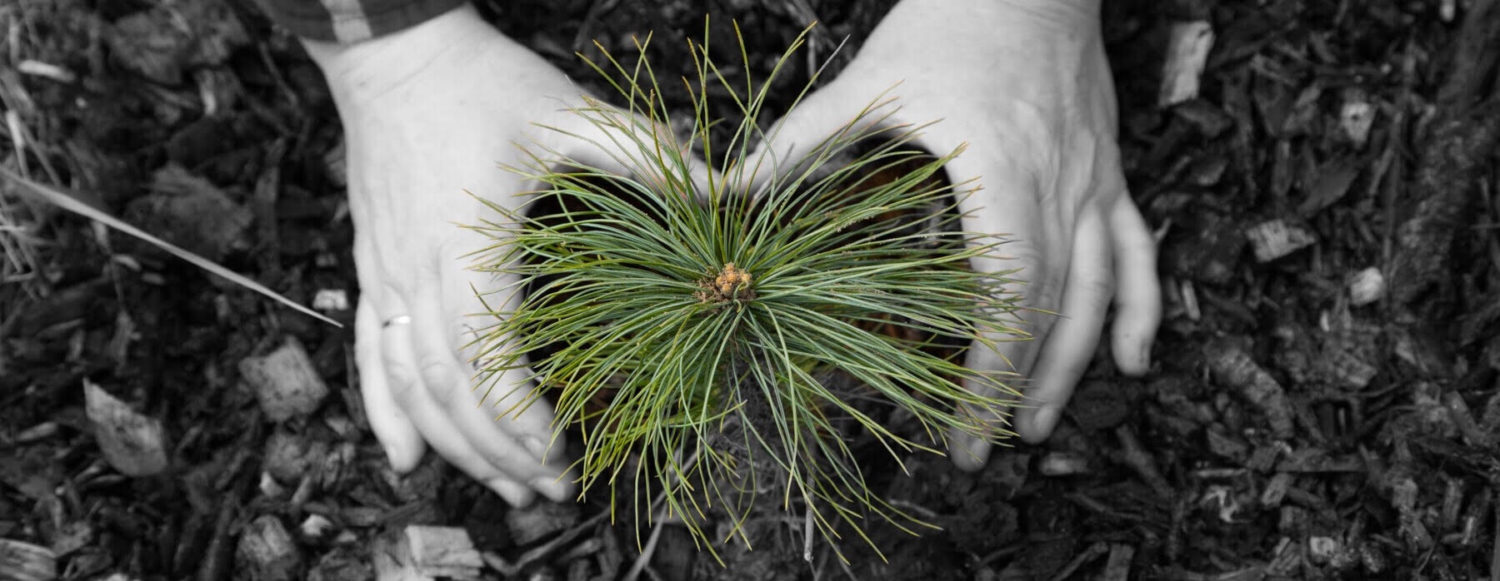Pesticides and Your Pet
Pets are frequently poisoned by pesticides, either from accidental exposure to
recently sprayed lawns and green spaces, or from improper use of chemical flea
controls.
Pets are vulnerable to pesticides applied on lawns and green spaces for a
variety of reasons:
They are exposed to higher doses because they are close to the ground,
where pesticide concentrations are highest
Parts of their bodies that have high chemical absorption rates, like their
scrotum and armpits, are often directly exposed to pesticides
They are likely to ingest pesticides when grooming themselves
Learn to recognize the symptoms of pesticide poisoning in your pet
Mild exposure to pesticides can result in
inactivity
refusal to eat or drink
vomiting
diarrhea
Acute exposure can result in
excessive drooling
disorientation
lack of coordination
convulsions
Contact your veterinarian if you suspect that your pet may be poisoned.
2, 4-D is a synthetic pesticide poison used to kill weeds. It is found in “weed and
feed” products. It is an active ingredient found in Killex. In humans it has been
associated with a range medical conditions ranging from loss of reflexes to
kidney and liver problems and comas. 2,4-D has been linked to malignant
lymphomas in dogs. Studies showed the risk doubled in dogs whose owners
treated their lawns four times a year. Today cancer is the number one cause of
death in dogs.
Protect yourself and your pet from synthetic pesticide poisons by following
organic lawn care principles found on our website. If your neighbours use “weed
and feed” or some other kinds of pesticide poisons, make sure your dog stays
away from areas that have been sprayed. Talk to your neighbours about the
detrimental effects of pesticides on people, pets and the environment. Show
them the research on this website.
Controlling Fleas: the Safest Way
The synthetic organic insecticides commonly found in dips, sprays, shampoos,
powders and collars used to control fleas can be very dangerous when they are
used too frequently or in combination with each other. These chemicals often
poison cats and dogs, and their owners may also show symptoms of mild
pesticide poisoning. The following tips will help to control fleas safely in your
household.
Establish a sleeping area for your pet that can be easily and regularly cleaned
Don’t allow your pet into rooms where cleaning is difficult
Vacuum areas frequented by your pet weekly, more often in late summer and
fall when flea populations increase. Discard the vacuum bag, or store in the
freezer to kill captured fleas.
Remove and wash your pet’s bedding regularly
Flea-comb your pet regularly
Intensely itchy bites around your ankles could be an early sign of flea
infestation. Pinch fleas that land on your lower legs between a wet index
finger and your thumb. Place in a bowl of soapy water.
How to Handle a Flea Emergency
Try the following methods to reduce large flea populations in your home in the
least toxic manner.
Remove and wash all carpets, or have them steam-cleaned
Vacuum floors, carpets and upholstery furniture every day for a week or
more, taking extra care in less-traveled areas along edges, in corners and
under furniture. Discard the vacuum bag or store in the freezer or put inside a
plastic bag in the sun for six hours to kill captured fleas.
Wax hardwood floors and linoleum
Wash pet bedding in hot soapy water
Spot-treat heavily infested areas with diatomaceous earth or a borate product
if problem is still not under control
Shampoo your pet, then use a flea comb to remove surviving fleas. Fleas
drown easily, so insecticidal soap is not necessary.
If your pet hates getting wet, try a sponge bath with rubbing alcohol and
vinegar, or a strong brew of wormwood tea
Use a small bulb duster to apply diatomaceous earth (finely ground fossil
material) to your pet, including between the toes
Let pets roam the house to pick up stray fleas, then comb them every day to
remove fleas
Resources:
Animal Poison Control Centre
Call toll-free 1-800-548-2423
Lifton, Bernice. 1991. Bug Busters: Poison-free Pest Controls for your House
and Garden. Garden City Park, New York: Avery Publishing Group.
Olkowski, W.,S. Daar and H. Olkowski. 1991. Common Sense Pest Control:
Least Toxic Solutions for your Home, Garden, Pets and Community.
Newtown, CT: The Taunton Press.

